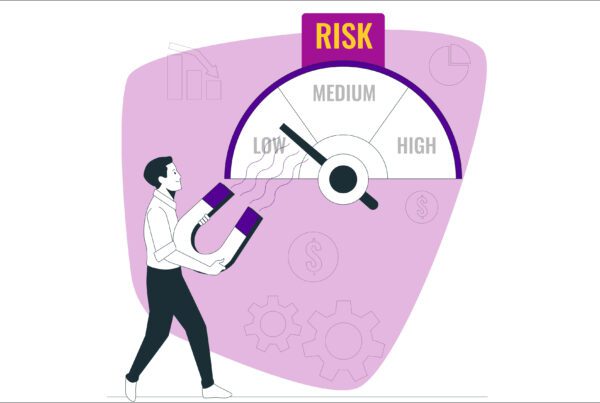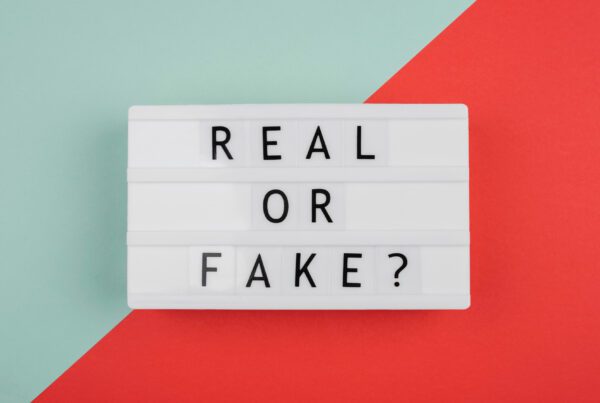Your brand is what other people say about you when you’re not in the room”- Jeff Bezos.
The steady increase in fake news, extremist content, and ads appearing next to inappropriate content has led to a significant brand safety issue. Advertisers today are trying to address the fundamental question: Are we placing our ads in a brand-safe environment?
No advertiser would want their branded content or commercial offers placed next to nasty or negative news stories or unsavory websites or apps. With the rise of social media platforms, people spot and share campaigns that have gone wrong in no time and are spread among the masses before you get to know them.
Brands that advertise on fake or negative content websites are viewed by people as poorly, and consumers get a negative opinion of the brand. They believe that they will not buy your product or service since you are supporting them. In other words, they will hold you accountable for the inappropriate placement of ads.
Therefore, it becomes the responsibility of advertisers to protect their brand name and reputation from negative or inappropriate content when advertising online. But many advertisers are aware of Brand Safety in brand campaigns.
But ignore the perils of brand safety in Performance campaigns. Performance campaigns have a different payout model and the end metric that the advertiser optimizes against.
But none of these have any relevance for the end customer. A brand unsafe placement has the same problem in Performance Marketing and Brand Marketing. Let’s look at different issues of Brand Safety in Performance Marketing.
Different Types of Brand Safety Issues in Performance Marketing:
- Misleading Ads Placement Fraud: Misleading Ads by some fraudsters or fake websites makes end customers feel that the advertiser is misleading them to get traffic (clicks/ leads), etc., thus impacting the advertiser’s brand image. Publishers try popups, spamming a user repeatedly, showing ads that the user is forced to click upon, with no option to cancel, etc., all generate clicks and some performance, but they impact the brand. They indicate to the end customer as if there is the desperation of the brand, which may not be the correct indication to show to customers.
- Incentivized Campaigns: Fraudulent Affiliates run non-incent marketing campaigns over incent platforms where the user downloads or uses the app for a particular incentive rather than an actual interest in the app. This can be via incentives for filling up leads, etc. These campaigns bring low-quality users, resulting in low engagement; they again put the brand in an unsafe environment. A brand would not want to show it is ready to get installs/leads by any means to the customer. It impacts the premium-ness of the brand.
- Apps Placed on Third-Party Stores: Publishers often extract APK files of Advertisers’ app and place them on alternate third-party app stores. However, it contains potential malware that acts as a Trojan horse when placed. Your app carries the malware inside it. Technically, all privacy-related/fraud-related aspects are driven via your app only (since, for the customer, the malware is part of your app itself). This again impacts the advertiser’s brand image and can be a PR disaster if this ends up perpetuating financial fraud, for example.
- Google Search Misleading Ads on Brand Keywords Fraud: Publishers (and especially affiliates) can start bidding for brand keywords of the advertiser, and who misleading ads, which when clicked take the user to the advertiser website itself. These misleading messages can be extremely high discounts or talk of false promises.
For the user, he searched on Google for a brand keyword and saw the Ad that had the brand Ad-URL, and when he clicked on it, it went to the Brand website only. So, this is a safe and trusted journey as per the user.
However, the ad placed is by an affiliate and contains false discounts or promises. This can make a customer unhappy since he will not get the same discounts finally.
- Coupons and Cashback Tracking: In this type of fraud, fraudsters copy coupons and change the product details like name, expiry date, etc., and distribute them among the people via email, social media, etc. Fraudsters deceive the user with a false offer or communication by sharing these false promise coupons. The customer is deceived into using that coupon code, and the publisher still gets paid the total amount. The false offers can be brand-impacting by promising huge discounts that otherwise are unavailable.
How mFilterIt helps advertisers with Brand Safety issues:
mFilterIt is the only solution provider that helps its customers ensure brand safety for their performance campaigns
mFilterIt Brand Safety Suite:
- Brand Safety (Incent Tracker): An automated tracker that tracks 100+ incent / porn, etc., apps daily and ensures that the customer app is not present. If the brand appears on the blacklisted locations, our automated system clicks on the ad to identify the publisher.
- Non-Play Store Tracker (mAppVault): A tracker which looks at APK files of your app present in alternate app stores and flags off cases where your app has been modified with malicious code.
- Search Keyword Solution: The solution keeps scanning for misleading and unofficial Google / Bing search ads where the brand is misused to make false promises. The solution ensures that brand unsafe placements are detected and actioned against immediately before it becomes a problem for the brand.
- Coupon/Referral Tracker: The solution tracks coupon codes for your brand and tracks which publishers are running them at different placements. This provides transparency to the brand and allows the advertiser to quickly understand the source of performance for different partners and takedown partners running brand-unsafe activities.





